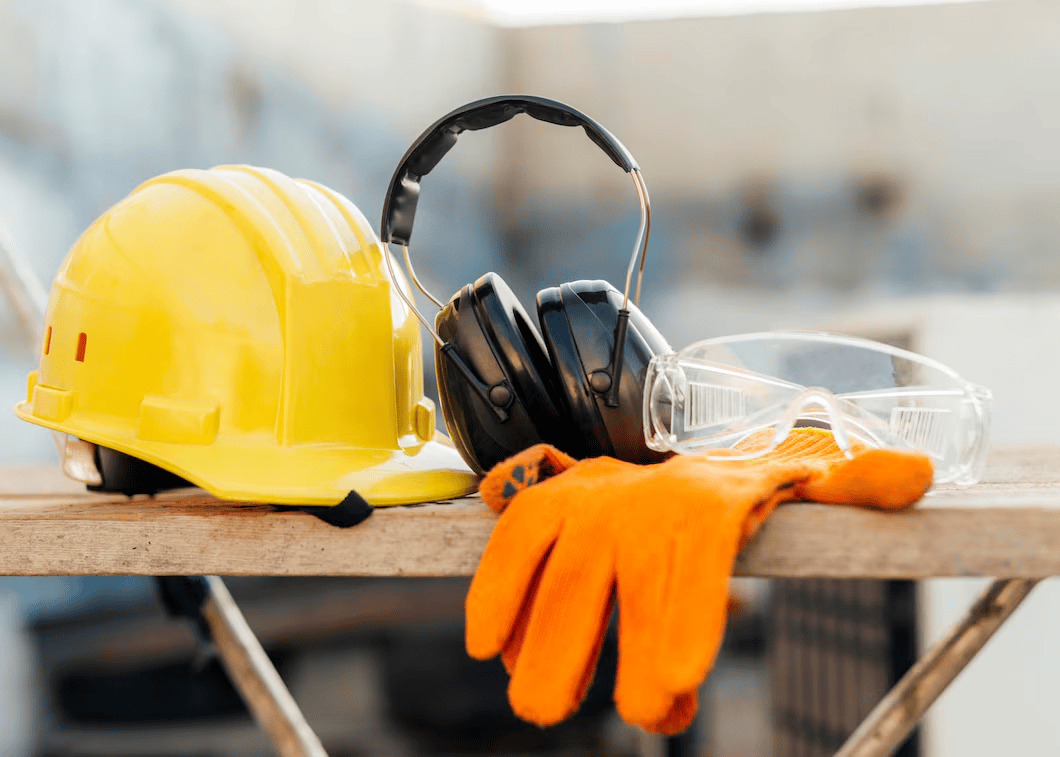What Is Road Safety Equipment and Why Is It Necessary?

Road Safety Equipment helps reduce collisions and injuries and protects drivers, passengers, and pedestrians. It covers a broad spectrum of instruments, methods, and equipment meant to control road usage-related risks and enhance traffic safety. This blog will discuss the several kinds of road safety tools, their significance, and the reasons for their need to build safer roads. Keep on reading to know about all the details.
What Is Road Safety Equipment?
Various instruments, equipment, and technology meant to improve road safety by lowering the effect of crashes and preventing accidents define road safety equipment. For all road users—including drivers, passengers, bikers, and pedestrians—these safety precautions assist in reducing hazards. They can span fundamental equipment from simple tools like seat belts and helmets to sophisticated systems, including airbags and computerised traffic control technology.
The Importance of Road Safety Equipment
Preventing Accidents and Saving Lives
Road Safety Products are primarily meant to prevent accidents, particularly deadly ones. Helmets and seat belts have been proven to reduce crash injuries. Airbags prevent crash victims from brain damage and fractures. Similarly, riding a motorbike or bicycle dramatically lowers the likelihood of significant brain injury should an accident happen by wearing a helmet.
Another important factor is the function of road safety equipment in avoiding collisions. Advanced technologies, such as lane-keeping assistance and automated emergency braking (AEB), help drivers prevent accidents by alerting them to hazards or automatically acting when needed.
Minimizing Injuries in Accidents
Although the objective is always to prevent mishaps, it is important to admit that they still happen. In these situations, road safety devices significantly help lower the degree of injuries. For instance, seat belts prevent individuals from being thrown from their vehicle in an accident. Airbags provide extra protection for head, neck, and chest traumas. Reflective gear for walkers and bikers reduces traffic accidents, especially in low light.
Modern car safety features, including collision warning systems, help drivers avoid accidents. These technologies sense possible crashes and notify the driver in time to either automatically apply the brakes to slow down the impact speed or engage in evasive action.
Regulating Traffic and Enhancing Road Safety
Furthermore included in Road Safety Equipment are mechanisms controlling traffic flow and road use management. Lane markings, road signs, and traffic lights direct cars, therefore alerting them of speed restrictions, road conditions, and forthcoming intersections. These safety precautions prevent anarchy and mishaps caused by unclear vision or confusion by organising the environment.
Speed bumps and traffic cones regulate traffic speeds, decreasing crashes in high-traffic areas. Speed bumps in residential areas delay autos, protecting pedestrians—especially children—who cross the road.
Improving Road Infrastructure and Maintenance
Road safety equipment also heavily relates to the upkeep of the road infrastructure. Bright road signs and reflective paint help increase road visibility, especially at night or in bad weather like fog or rain. These indicators help cars stay in their assigned lanes and guide them along with others.
Particularly on steep curves or raised roadways, safety devices such as guardrails and road barriers help prevent vehicles from straying off the road. These obstacles also reduce the likelihood of cars entering hazardous areas, such as ditches or ravines.
Increasing Awareness and Educating the Public
Furthermore, helping the public to learn about appropriate road behaviour is the function of Road Safety Products. Traffic signals, for example, those showing pedestrian crossings, speed restrictions, or hazard alerts, increase awareness of possible hazards and promote conscientious behaviour. Public campaigns also frequently remind people to wear seats and drive within spdrivetrictions using visual safety signals, including reflect,tive vests, bumper stickers, and banners.
Supporting Emergency Response
Specific road safety tools can help to give rapid access to emergency services in case of an accident. Road signs alerting hospitals, emergency exits, or areas prone to accidents, for instance, guarantee that drivers may act appropriately to get aid as required. Equipped with sirens, flashing lights, and reflective marks, emergency vehicles negotiate traffic to get to the scene of an accident quickly.
Conclusion
Modern road safety plans depend much on Road Safety Equipment. Without a doubt, road safety tools improve road infrastructure, guarantee better traffic flow, help prevent accidents and limit the impact of crashes. The ultimate goal is to save lives and reduce injuries. Hence, simple instruments like seat belts and helmets or advanced technologies like traffic control systems and automatic car safety features will help. Road safety equipment is becoming increasingly important as road safety changes; it is still a significant determinant of how safe our roads are for all. Discover our large selection of road safety goods and equipment at KT Automation meant to improve road compliance and safety. From reflective signs to traffic cones, our solutions guarantee safer roads for every user.





